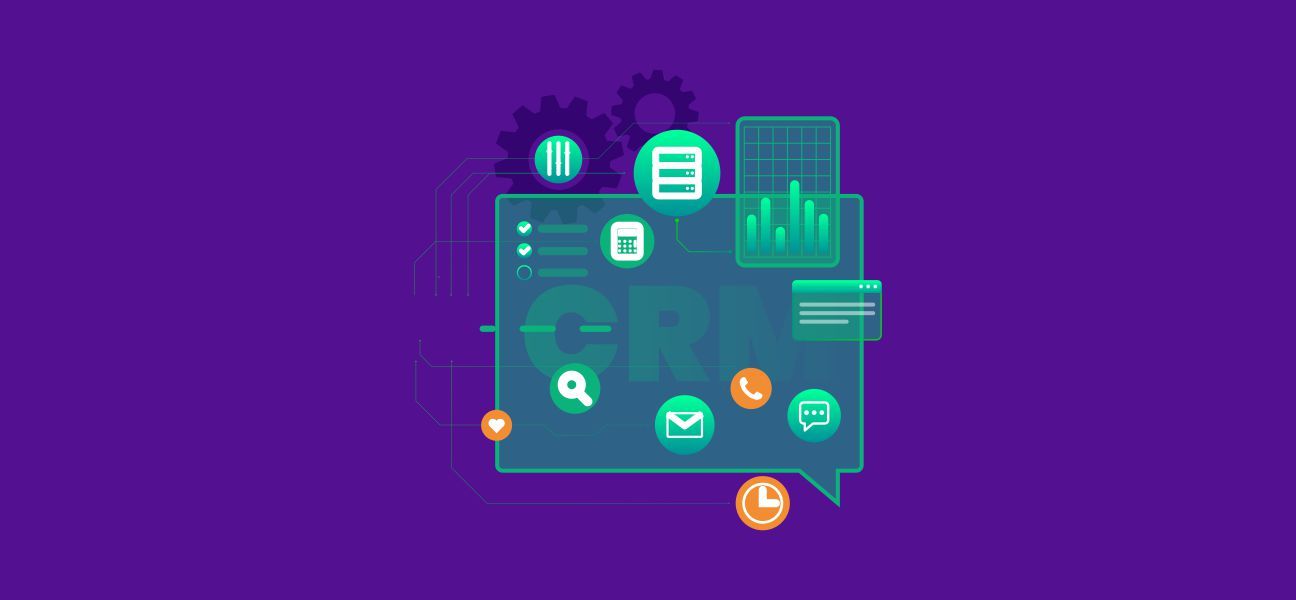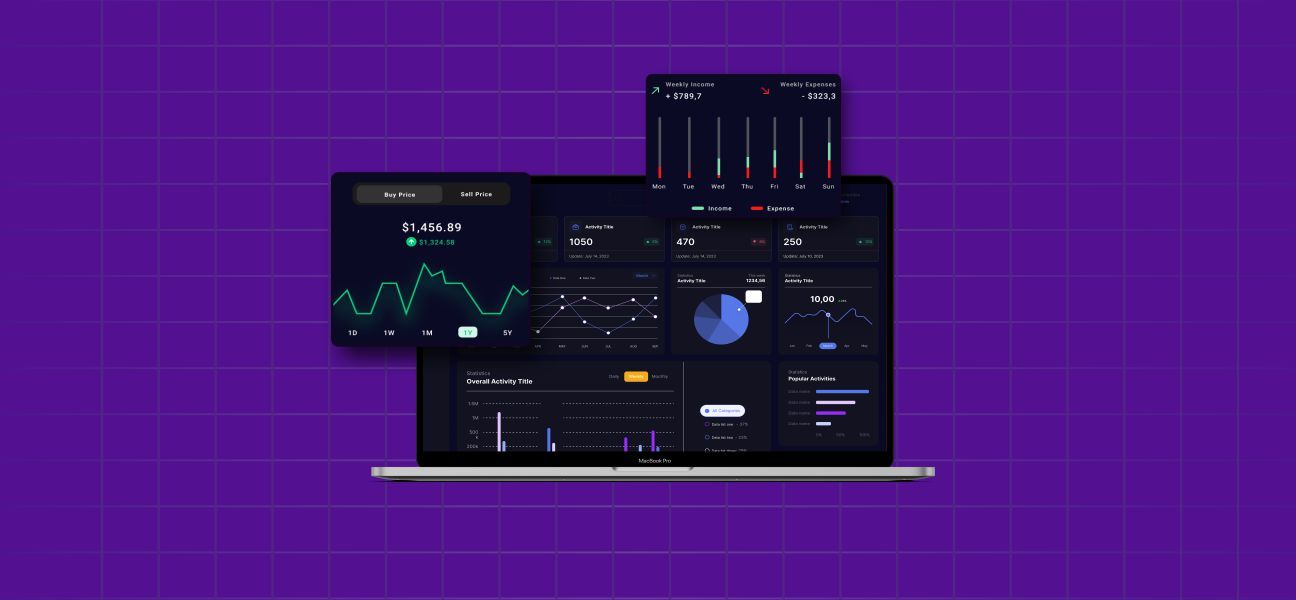Blog
Loading...
Rethinking DXP Migration: A Practical Checklist for Seamless Transitions

Why It is Time to Move from One DXP to Another
Digital platforms are meant to evolve but not all of them keep up. When you are existing DXP starts slowing content delivery, complicating integrations, or putting limits on personalization, it is no longer enabling growth. For CTOs, the challenge is leading a migration that delivers measurable improvement without interrupting momentum.
Managed well, a platform switch can simplify operations, reduce overhead, and put your teams back in control. Here is how to make the move intentional and seamless.
1. Ground the Migration in Business Objectives
Start with alignment. Are you aiming to reduce infrastructure costs? Improve time-to-market? Unify content across channels? Define outcomes upfront and let those guide the platform selection and execution strategy.
2. Take Stock of What You Have
List out content types, templates, user permissions, workflows, and every integration especially with CRM and ERP systems. This becomes your blueprint. Anything undocumented today becomes a liability tomorrow.
3. Choose the Platform That Matches Your Future
- Strapi: Built for dev teams that want API-first delivery and control.
- Kentico: Strong if you need content, marketing, and analytics in one place.
- Umbraco: Flexible and developer-friendly for .NET-heavy ecosystems.
- Sitefinity: Modular, extensible, and ready for deep enterprise integrations.
Pick what supports your roadmap not just what solves today’s problems.
4. Do not Just Migrate Content Restructure It
Treat this as a redesign. Break long-form pages into modular components. Move legacy content into structured formats like JSON or XML. Map it cleanly to the new schema. Run QA across URLs, SEO tags, and multilingual elements before launch.
5. Rebuild Your Integrations with Scale in Mind
Ditch legacy connectors. Use platform-native APIs and align all authentication with secure standards. Structure integrations to be decoupled and version-proof because growth does not wait for stable legacy tools.
6. Prep Your Teams Early
Do not wait for go-live to involve your teams. Train editors, marketers, and devs on the new interface. Shorten the feedback loop. Adjust workflows early and often.
7. Monitor What Matters Post-Launch
Track site speed, bounce rates, conversions, and content engagement using your internal analytics stack. Review weekly. Let performance data tell you what to fix and where to double down.
Migration Should Be a Business Win Not Just a Technical One
A DXP migration is not just an IT project. It is an opportunity to simplify your stack, empower your teams, and build a more agile business. At Gigasolv, we help you rethink, realign, and re-platform with clarity whether you are moving from legacy systems or transitioning to future-ready platforms like Strapi, Kentico, Umbraco, or Sitefinity.




